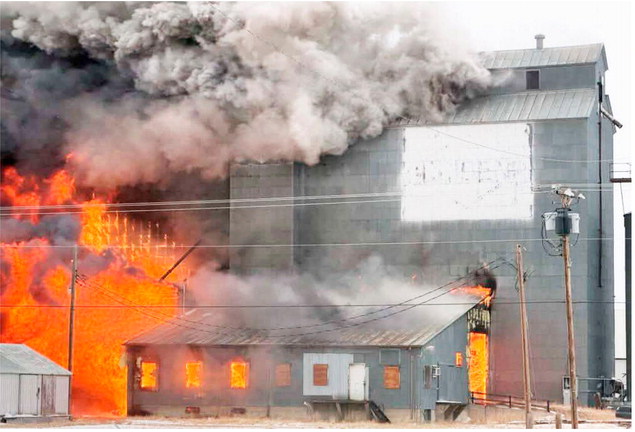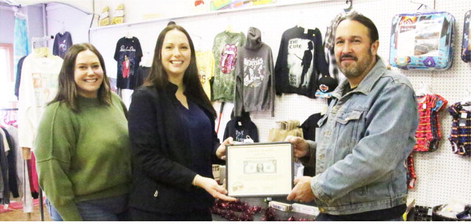Montana’s Lung Cancer Diagnosis Rate Among Nation’s Highest
A new report by the American Lung Association points out that as few as 5 percent of Montanans who are eligible to get screened for lung cancer get checked.
Carrie Nyssen, the senior director of advocacy at the American Lung Association, hopes she sees a day when routine lung cancer screening is as common for some as colonoscopies or mammograms – once rare procedures that have become more common for detection of colon and breast cancer respectively.
And screening is key, she explained, because the lungs have fewer nerve endings, people do not routinely feel symptoms of lung cancer until after the disease has progressed, making it a cancer with lower survival rates. However, Nyssen said earlier detection is also leading to better survival rates.
Since the American Lung Association started its annual “State of Lung Cancer” report five years ago, the five-year survival rates has increased 21 percent.
“Screening. Screening. Screening,” Nyssen said is the new push for individuals with high risk factors, like people who are between the ages of 50 and 80 who have smoked one pack of cigarettes a day for 20 years or two packs for 10 years.
The American Lung Association estimates that 14.2 million people are eligible for screening.
The State of Lung Cancer shows that Montana has average or near average treatment and risk factors when compared to other states except for one statistic. Montana ranks 11th in the nation for new cases of lung cancer.
Nyssen couldn’t say that tobacco use among Montanans drove that number higher, but did point out that between 80 and 90% of all lung cancer cases involve previous tobacco use. But other factors, such as radon, a carcinogenic radioactive gas that occurs naturally in Montana, could also be a driver.
According to the Centers for Disease Control and Prevention, Montana’s tobacco usage is similar to most of its neighboring states with 16.6 percent of adults estimated to use tobacco products.
Tobacco use in the region
According to the CDC’s data (2019) here are the adult tobacco usage rates for the region: Montana 16.6 percent Wyoming 18.4 percent Idaho 15.3 percent North Dakota 18.3 percent South Dakota 17.0 percent Montana ranks 11th in the nation for the rate of new lung cancer cases at 50.4 per 100,000, which is higher than the national average of 56.7.
The report shows that Montana is behind other states for screening with just 5.2 percent of those are at higher risk getting tested via annual low-dose computer tomography, or CT, scans. Research shows that early detection of lung cancer can reduce the mortality by as much as 20 percent, according to the association.
It shows that more than 1-in-5 residents in Montana who develop lung cancer will receive no treatment for it, a rate that is above the national average.
“Lung cancer has one of the lowest five-year survival rates because cases are often diagnosed at later stages when the disease is less likely to be curable,” the report said. “The national average of people alive five years after a lung cancer diagnoses is 25 percent which is a 21 percent improvement over the last five years.”
Nyssen said that there’s also a stigma attached to lung cancer that isn’t found with other cancer. For example, she said, a woman undergoing treatment for breast cancer may be decked out in pink, synonymous with the Susan Komen Foundation for breast cancer research. However, Nyssen said the first question someone with lung cancer is, “Did you smoke?”
“If you have lungs,” Nyssen said, “you can get lung cancer.”
Montana does fare better than all of its neighboring states in its surgical treatment outcomes. The report also examined health outcomes for different ethnic communities. It found that Indigenous people with lung cancer were 13% less likely to be diagnosed early, 21% less like to receive surgical treatment and 23% less likely to survive five years after when compared to white Americans.
The American Lung Association said its top priorities include boosting the lung screening rates, as well as eliminating tobacco use.
“We’re just not where we need to be. We hope as the screen rates go up, the fatalities will go down,” Nyssen said.

